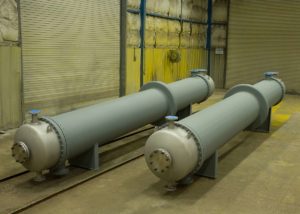3D Prototyping is the process of iterating the master-design and then manufacturing it into the physical prototypes. Its main focus is on efficiency in production and improvement of the quality and functionality of the product in every step. In today’s fast-paced world, the use of 3D prototyping has increased substantially across disciplines like manufacturing, medicine, education, art, product conceptualization, and many more. These days,most of the 3D designs are made with laser technology and tools, you can also check more on Laser engraving here- lasitlaser.com
This article covers the most common applications of 3D Prototyping across industries:
- Product Development: The conventional process of ‘Testing iteration’ requires a number of months as well as additional costs. However, with 3D Prototyping – you can test iterations in a fast, cost-effective, and precise manner. It also reduces the lead times required in traditional manufacturing, and thereby allows you to check the functionality, visual features, and reliability of the product in a better way.
- Manufacturing Aids: Achieving maximum efficiency in production is the objective of every manufacturer. In this regard, 3D Prototyping helps you to produce jigs, fixtures, and other tools in a much efficient manner. It has benefits like – less variation during assembly and fitting, faster machine setups, and streamlining the production process.
- Art and Jewelry: Unlike traditional jewelry-making methods, 3D Printing allows the artists to experiment with a number of designs in a single time frame. Also, with the aids of 3D Prototyping technology, the artist can omit complicated manual steps and thereby, accelerate the production speed. 3D Prototyping can offer benefits such as improved product function, reduced cost of production, better quality, customization, and high rate of market acceptance.
- Medicine: Its applications in the medical world include:
- Bio-printing – where biomaterials like cells and other growth factors are combined together to create tissue-like structures, which is similar to the natural counterparts.
- Since 3D printing has the capability of creating the porous surfaces, it is also used for producing metal orthopaedic implants.
- It helps in solving organ failure issues by imitating and creating artificial organs at a faster pace.
- 3D Prototyping is also effective for clinical training where students can gain a better understanding of anatomy and surgical procedures.
In regard to the current scenario, 3D printing is being used in every aspect of our day to day life. However, more advancement is yet to come.
Looking for the best 3D printing service providers? Lezar3D rapid Prototyping offers online 3D printing and laser cutting services for on-demand production of prototypes at the industry-best prices.




